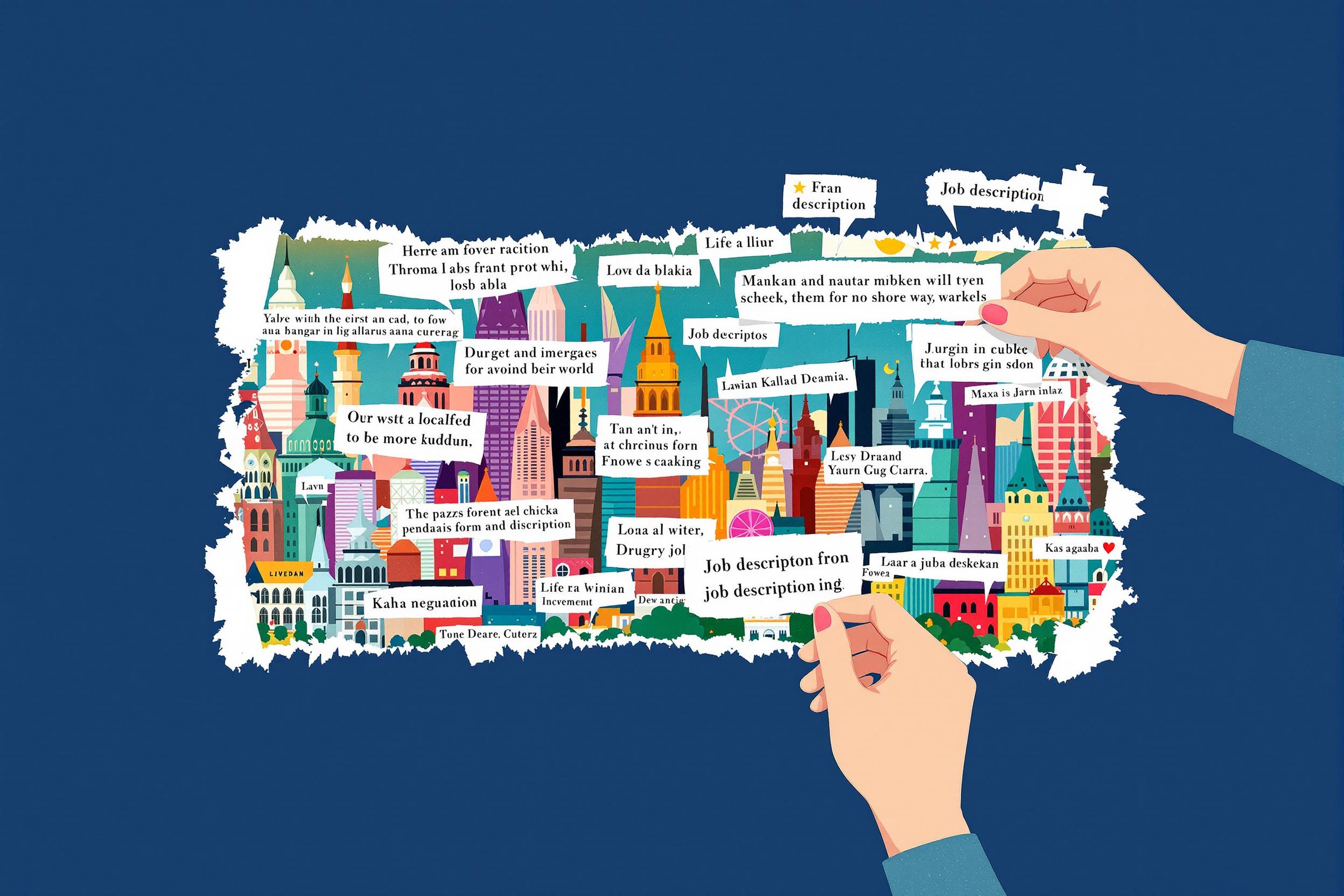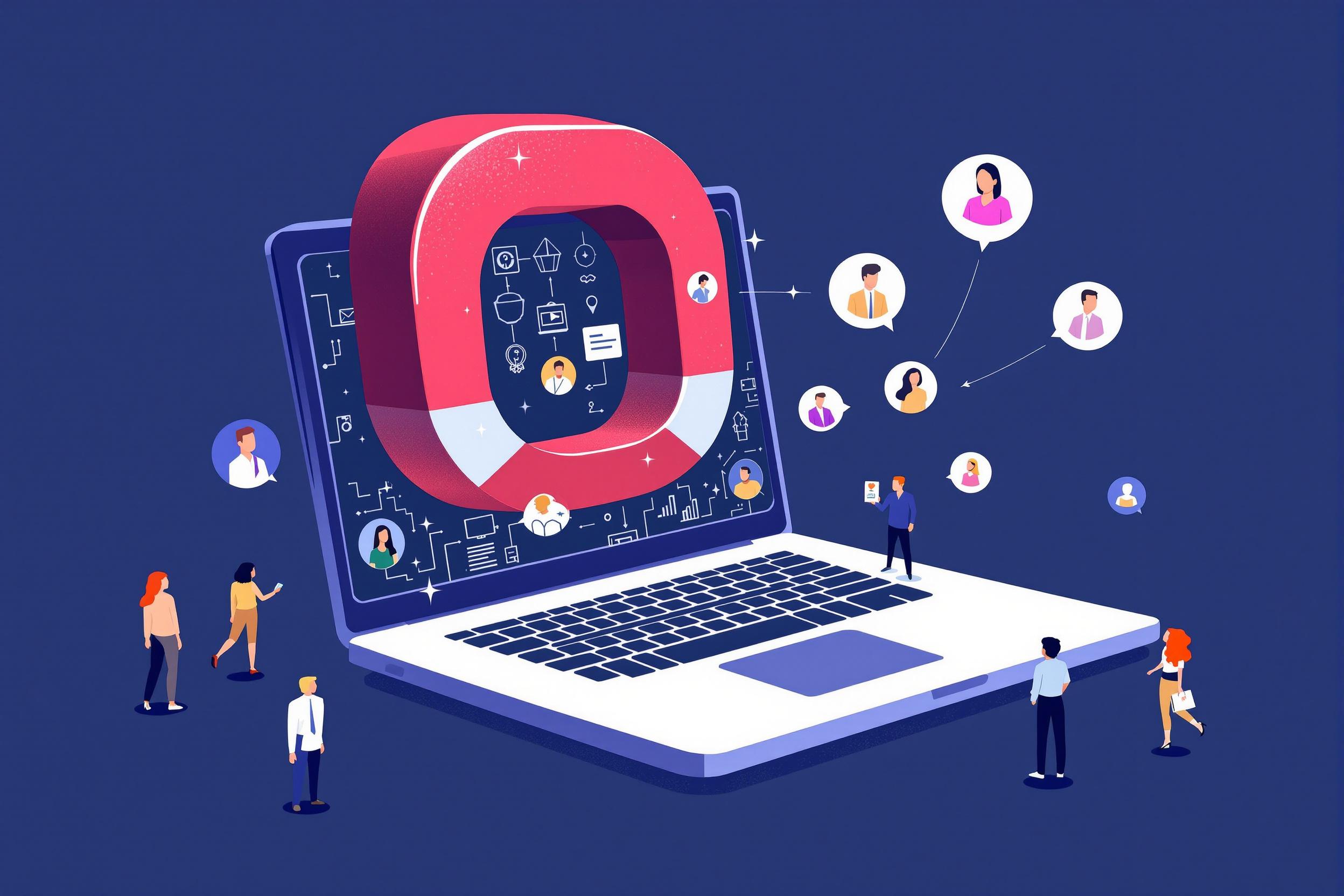
Editorial Illustration
Editorial Illustration is artwork created specifically for magazines, newspapers, websites, or books to accompany written content. These illustrations help explain complex ideas, enhance stories, or capture the essence of an article visually. Think of these illustrators as visual storytellers who turn words into engaging images that catch readers' attention. Unlike general illustration, editorial illustration needs to work alongside text and often needs to communicate specific messages or concepts. This type of work is common in publications like The New Yorker, Time Magazine, or major newspapers.
Examples in Resumes
Created Editorial Illustration series for leading business magazine's financial articles
Developed Editorial Illustrations for weekly newspaper column about technology trends
Produced Editorial Art for digital news platform's feature stories
Designed Editorial Artwork for cookbook explaining cooking techniques
Typical job title: "Editorial Illustrators"
Also try searching for:
Where to Find Editorial Illustrators
Professional Organizations
Portfolio Platforms
Example Interview Questions
Senior Level Questions
Q: How do you handle tight deadlines while maintaining quality in editorial projects?
Expected Answer: Should discuss project management skills, ability to create quick but effective sketches, having reliable backup processes, and maintaining communication with art directors while delivering high-quality work under pressure.
Q: How do you approach illustrating complex or abstract concepts?
Expected Answer: Should explain their research process, how they break down complex ideas into visual metaphors, and their experience in making difficult subjects accessible to readers through illustration.
Mid Level Questions
Q: How do you ensure your illustrations complement rather than compete with the article text?
Expected Answer: Should discuss understanding of layout principles, working with art directors, and how they balance visual impact with the need to support rather than overshadow the written content.
Q: What's your process for developing multiple concept sketches for a single article?
Expected Answer: Should describe their brainstorming process, how they create various options for art directors, and ability to adapt concepts based on feedback.
Junior Level Questions
Q: What do you consider when creating illustrations that need to work in both print and digital formats?
Expected Answer: Should demonstrate basic understanding of different media requirements, color spaces, and how illustrations might appear on different platforms.
Q: How do you interpret a written brief for an editorial illustration?
Expected Answer: Should explain how they read and analyze articles, extract key messages, and translate written concepts into visual ideas.
Experience Level Indicators
Junior (0-2 years)
- Basic illustration techniques
- Understanding of publication layouts
- Ability to follow art direction
- Knowledge of basic digital tools
Mid (2-5 years)
- Strong conceptual thinking
- Quick turnaround capability
- Experience with major publications
- Versatile illustration styles
Senior (5+ years)
- Complex concept visualization
- Art direction experience
- Multiple style mastery
- Industry recognition and awards
Red Flags to Watch For
- No understanding of publication deadlines
- Lack of conceptual thinking skills
- No knowledge of print vs digital requirements
- Unable to show examples of work with text
- No experience working with art directors
Need more hiring wisdom? Check these out...

Redefining Team Collaboration in a Digital Workspace

Beyond Borders: Mastering the Art of a Global Onboarding Calendar

Speak Their Language: How Localized Job Descriptions Unlock Regional Talent

